Es ist einfach zu bedienen, die Optik und Haptik ist super,
habe mich sofort in das Pult verliebt.
Leider fehlen für meine Bedürfnisse zu viele Funktionen, welche andere Anbieter zu dem Preis schon integriert haben. Chamsys verweist bei jeder Antwort darauf dass man das teurere Pult (ab 8'000.-) kaufen soll und hat bewusst auf Funktionen verzichtet. Das ist etwas schade.
Auch hat die Software noch sehr viele Kinderkrankheiten und man muss sich selber helfen.
Probleme werden laufend in einem Kunden-Forum registriert und es gibt Updates, diese sind aber nur halbherzig gelöst und verlagern die Probleme nur.
Aber es ist ein super Pult, auch für grössere Anlässe und dank "Reduktion auf das wesentliche", lässt es sich wirklich von jedem der ein wenig technisches Verständnis hat, programmieren.
Von den 4 aktuellen, vergleichbaren Lichtsteuerpulten, ist es definitiv das beste.
Dank Softwarebasiert, wird sich in vielerlei Hinsicht in den nächsten Jahren wohl noch einiges verbessern.
Bilanz:
Jeder der Produkte von Chamsys kauft muss sich das gut überlegen.
Alle Fragen an Thomann, werden direkt an den Hersteller weitergeleitet.
Das einzige brauchbare deutschsprachige Forum ist auf privater Basis.
- - - -
Nach über einem Jahr bleibt die Bilanz durchwachsen.
Das Pult ist definitiv zu teuer, es gibt leider keine günstige Alternative
welche vergleichbare Leistung anbietet und ohne Softwarefehler wäre.
Chamsys hat inzwischen einige Updates geliefert, die Schnittstelle
zwischen Speicher und Darstellung auf dem LCD ist immer noch
fehlerhaft, wenngleich einiges "repariert" wurde.
Symbole verschwinden, Zeilenumbruch verschwindet, Symbole liegen übereinander, einzelne Symbole können nicht mehr verschoben werden.
Meine Empfehlung: Wenn das Pult "komisch" reagiert,
dann einfach Speichern, Ausschalten und wieder Einschalten.
Beim Einschalten liest der Display-Prozessor alle Informationen
aus dem Speicher neu ein und alles funktioniert wieder.
Und: Das erstellen eigener Fixtures für China-Lampen ist recht schwierig
und ermöglicht viele Fehler, da der Fixture-Editor für die MagicQ-Serie
entwickelt wurde. Die QuickQ ignorieren einfach das was sie nicht verstehen.
Zu oft aber "verschluckt" sich das QuickQ an Parametern die es
nicht versteht oder falsch interpretiert, Parameter die für MagicQ wären.
Mit viel Erfahrung kommt man immer besser damit zurecht...
Wer ungeduldig ist, braucht viel Baldrian.
Das eingebaute WLAN stört andere in der Nähe befindliche Geräte
welche 2.4 GHz verwenden erheblich. z.B: eine DMX-Funkstrecke.
Ich hatte mehrere kurze Blackouts deswegen.
Erst als ich die anderen Sender/Empfänger mindestens 5m
weiter weg aufstellte, wurden die Störungen weniger.
Ganz verschwunden sind sie erst als ich das WLAN im QuickQ ausgeschaltet habe und somit das WLAN nicht mehr in die DMX-Kabel gestreut hat.
Damit wäre die Fernbedienbarkeit per APP leider gestorben.
Noch ein technischer Hinweis:
Wegen des externen Netzgerätes, ist das Pult galvanisch getrennt
und nicht geerdet. Ich persönlich finde das Problematisch.
Wenn man DMX-Kabel über die Traversen zieht, welche bei einem Defekten Kabel/Stecker oder defekter Lampe, oder schlecht verarbeiteter China-Version durchaus eine gefährliche Spannung liefern können, wird diese vom Pult nicht abgeleitet.
Ich denke, meine DMX-Probleme sind am Ende wegen Probleme mit den unterschiedlichen Potentialen und EInstreuung in das DMX-Kabel oder den nahen Sender entstanden.
Rechnen Sie am Anfang viel Vorbereitungs-Zeit ein und prüber Sie alles mehrfach, bevor Sie damit an eine Show/Aufführung gehen.
Über alles gesehen:
Ich musste wegen diverser "Mängel" das MQ50 Compact kaufen,
Das QuickQ könnte ich nun abschreiben, doch behalte ich es weiterhin
gerne für kleine, unkomplizierte Sachen.
Wenn man die Ansprüche anpasst und diese nicht an der hohen
Investition misst, ist das QuickQ eine tolle Sache.



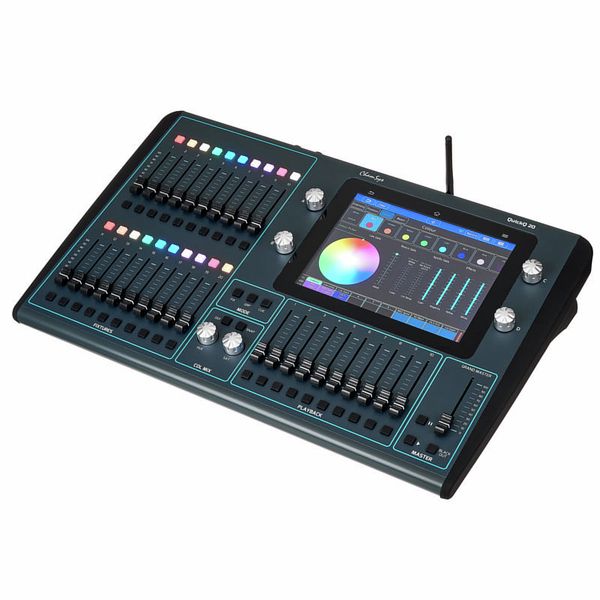
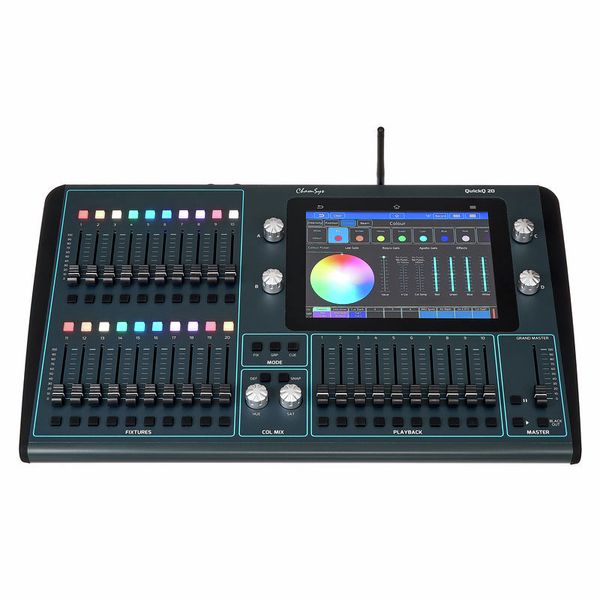
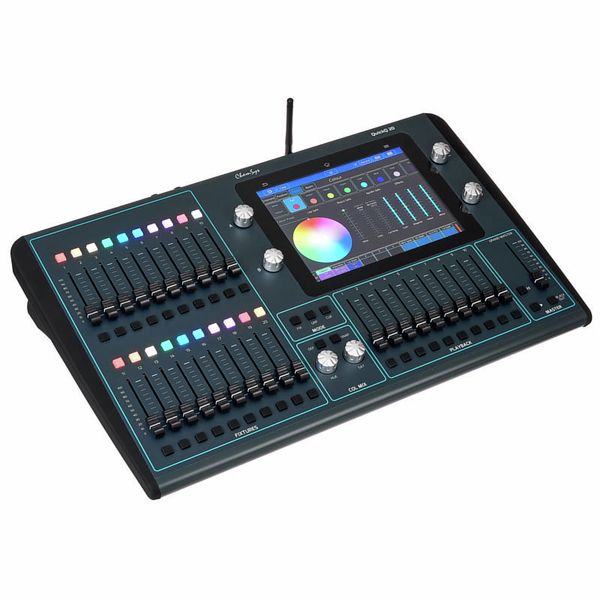
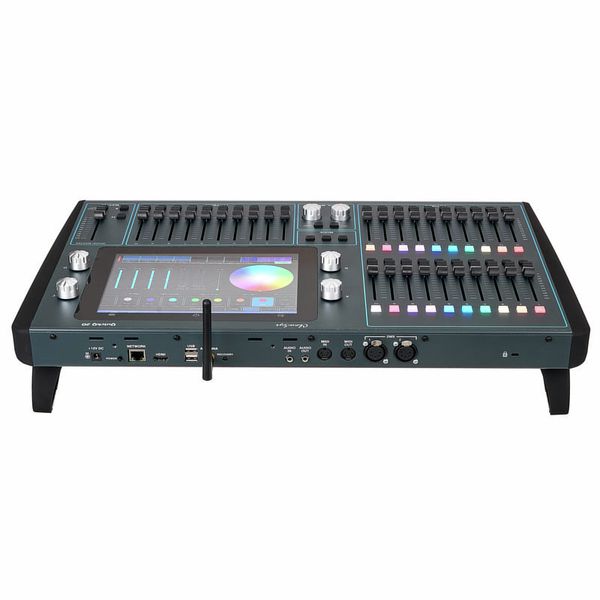
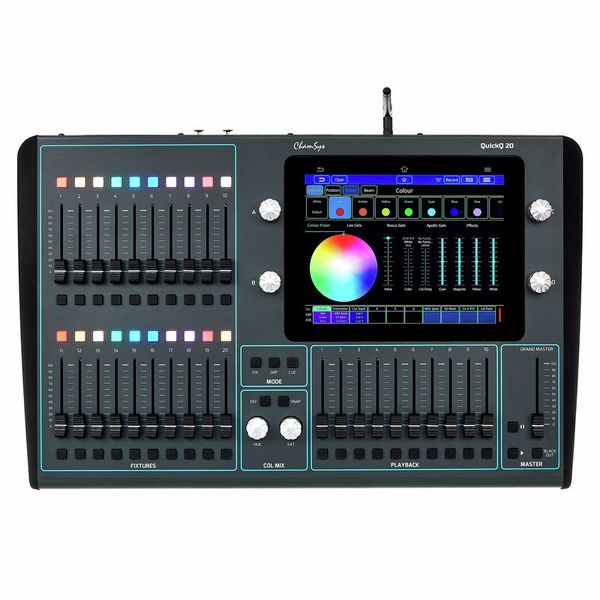
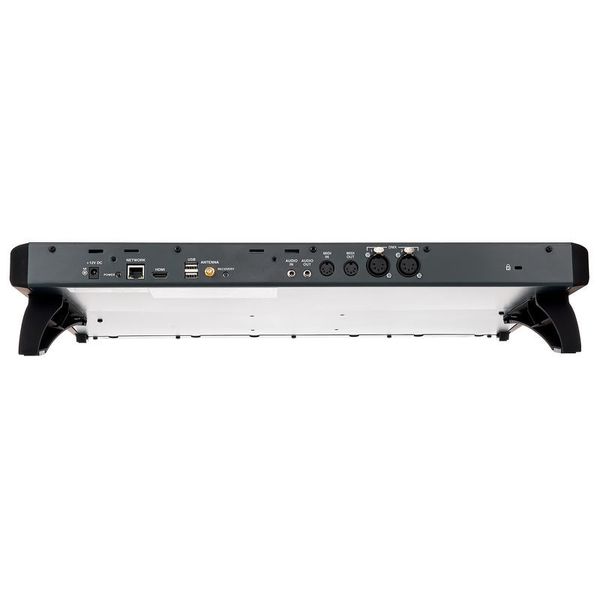
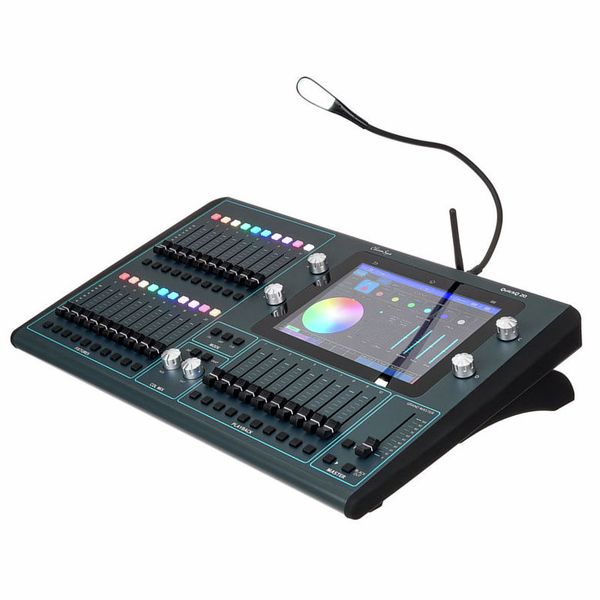
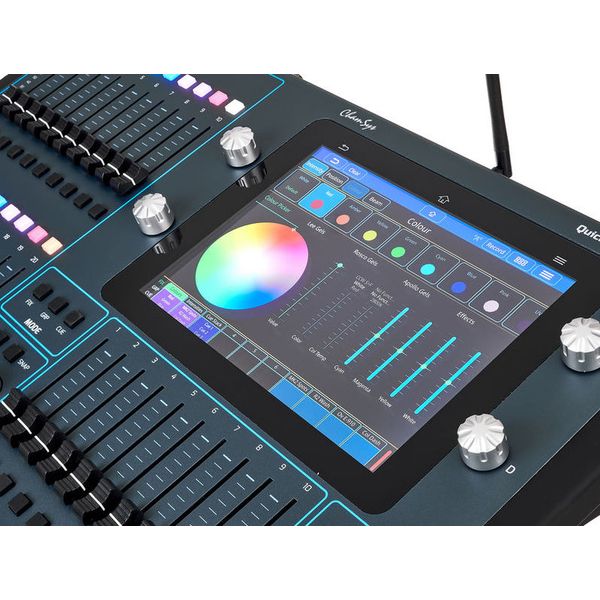
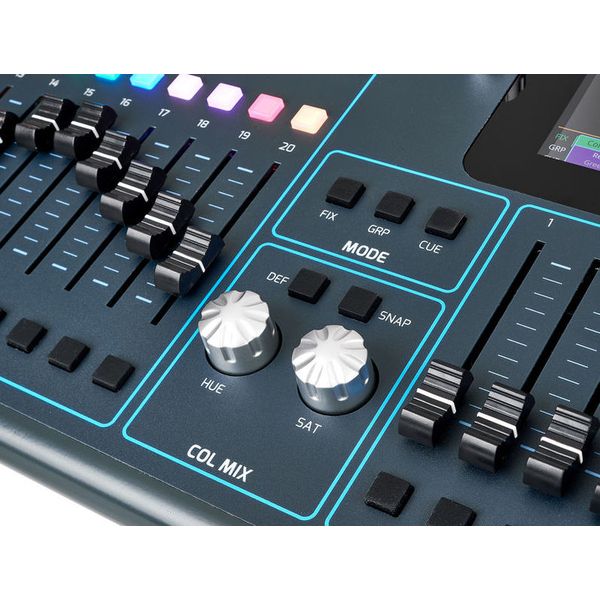
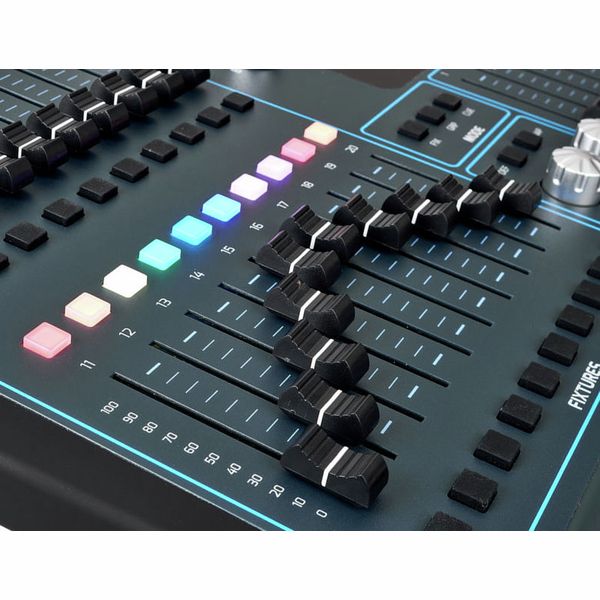
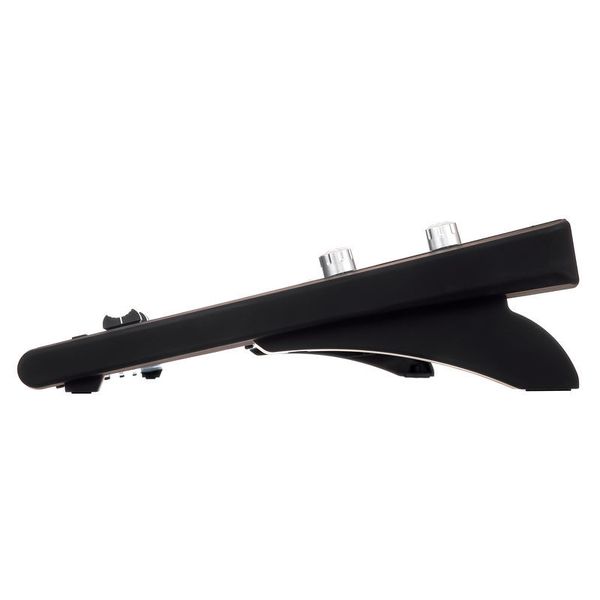
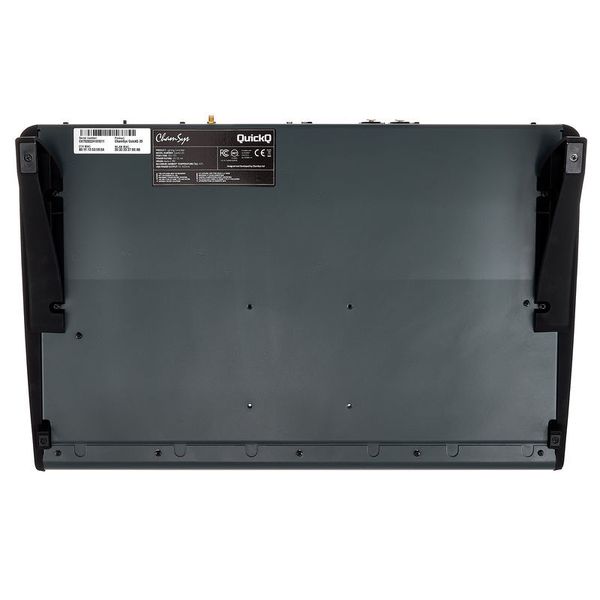
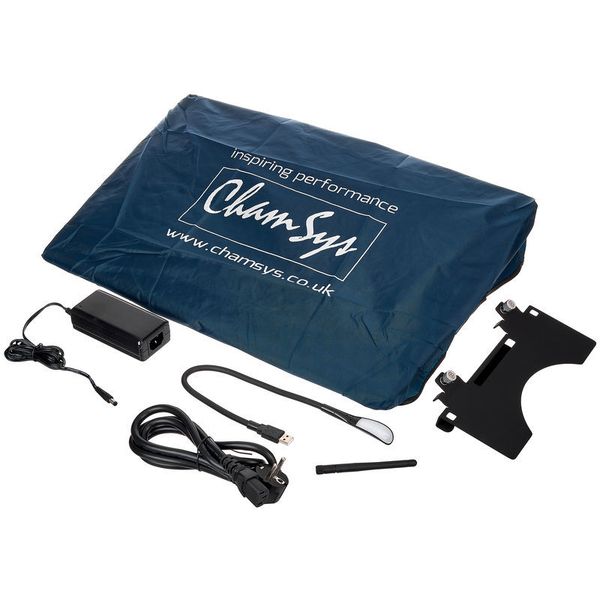















)
)
)



